
We finally fulfilled our long-cherished dream to climb Shatung Peak in the Deosai Plateau. That became possible only inn summer 2023, while in summer 2020 the tour was cancelled due to Covid -19 pandemic, when international flights were put to a halt. Overcoming the aftermath of pandemic and a tough route, we were able to reach the summit. We are tremendously grateful to our climbing guides and porters from Satpara village for their gracious support.
360-degree panoramic view from the summit. Feel like a high altitude climber!

From Chilas, we drove up to the Deosai Plateau through the Astor Valley. On the way, we were astonished by the view of Nanga Parbat (8,126m), the 9th highest peak on the planet. On the Deosai Plateau, we camped by the beautiful Sheosar Lake, from where this majestic peak was visible. The lake is a very beautiful peaceful place, but sadly many local tourists were enjoining loud music until late at night. The next morning we entered an area with no other visitors in sight and found the original Deosai Plateau.

The first part of the climb was a relatively easy route, with patches of buttercups and primroses. Little did we know that a difficult scree slope was awaiting.

The mountain en route is dotted with lakes in a very beautiful valley. The snowy mountain in front is Shatung Peak, and we are aiming exactly there!

We walked through a patch of primrose to the camp. It was easy up to this point.

We arrived at Camp 1 on the scree slope. Now where shall we pitch our tents?

Sleeping on the snow is generally much more comfortable than sleeping on scree. Finally, we will challenge the summit early tomorrow morning!

The route from Camp 1 to the summit is this slope, covered with a mass of smaller loose stones. The climb is steep and strenuous.

The view is spectacular when you stop and look back.

Beyond the mountains is Kashmir on the Indian side. Srinagar is also very close. The famous peaks of the Indian Himalaya, Nun peak and Kun Peak were also visible.

The world’s 9th highest peak, Nanga Parbat 8,126m, is on the left.

The steep climb up the scree slope is almost over. The ridge is getting closer.

Once on the ridge, all that remained was to climb up the snowy ridge. The sun was getting high in the sky.

We successfully climbed Shatung Peak (5,260m) with 5 core team members, guides, and porters! Nanga Parbat is in the background!
From the summit, we could see K2 and the Baltoro Mountains. From summit we could see all five of the 8,000 peaks in Pakistan: Nanga Parbat (8,126m), K2 (8,611m), Broad Peak (8,051m), Gasherbrum I (8,068m), and Gasherbrum II (8,034m). The weather was fine, with no wind. Forgetting about the steep scree slope that awaited us, we stayed at the summit for about an hour and enjoyed this blissful moment.
Image & text : Tomoaki TSUTSUMI
Tour conducted in July 2023, Deosai National Park, Gilgit-Baltistan
*Contact us, Indus Caravan for more information or to make arrangements for climbing Shatung Peak.
*Please follow us on Youtube, Instagram & Facebook
Category : - Nanga Parbat > ◆ Gilgit-Baltistan > - Deosai National Park > ◇ Mountain of PakistanTag : Pakistan tour operator , Nanga Parbat view from Deosai Plateau , Pakistan Photography Tour , Northern Pakistan Travel , Skardu , Pakistan Blog , Pakistan Travel Blog , Shatung Peak , Travel Pakistan Blog , Indus Caravan , Deosai National Park , Deosai Plateau , Pakistan Travel company , Gilgit-Baltistan

































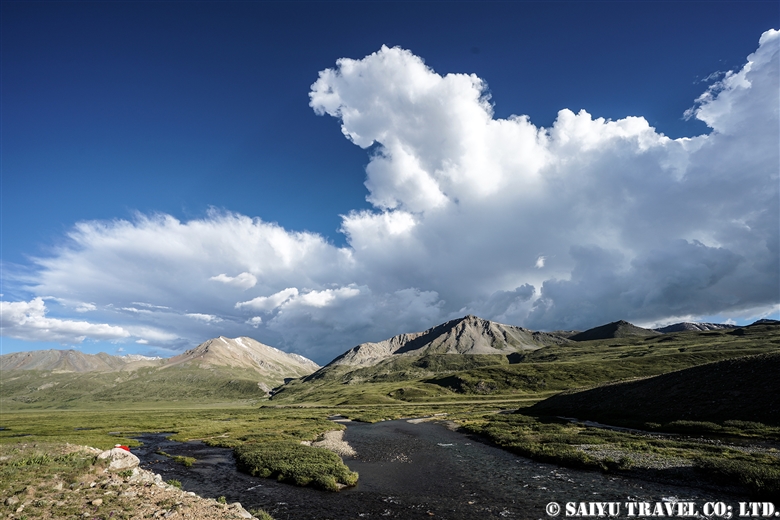
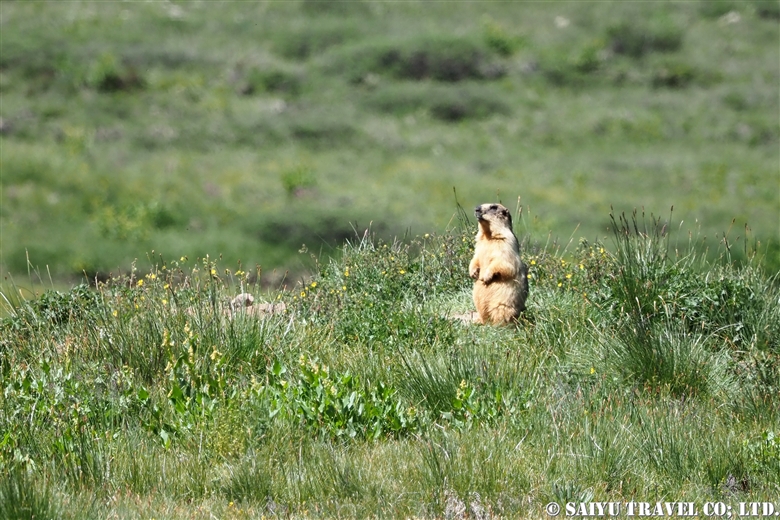
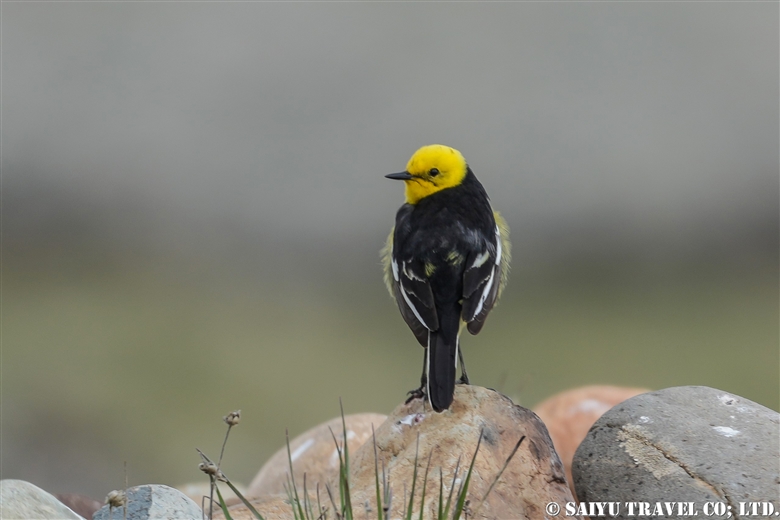

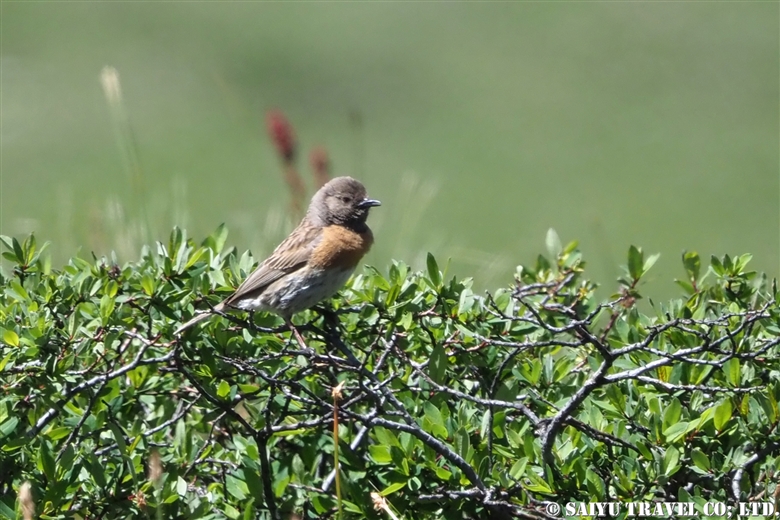
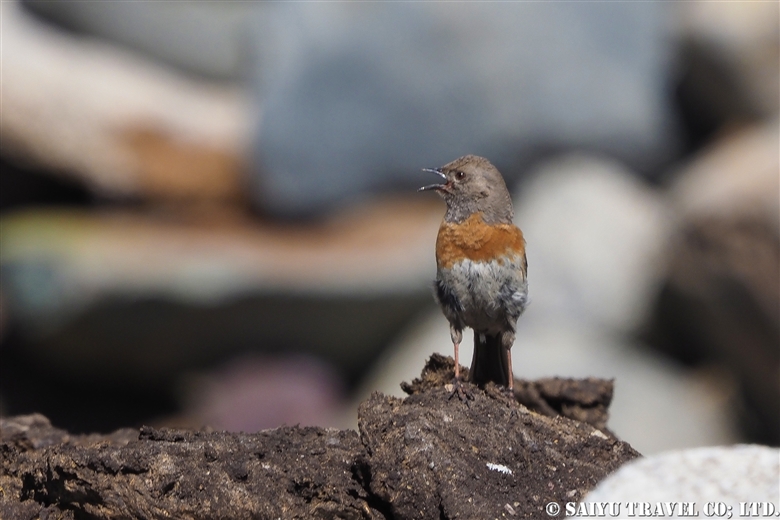
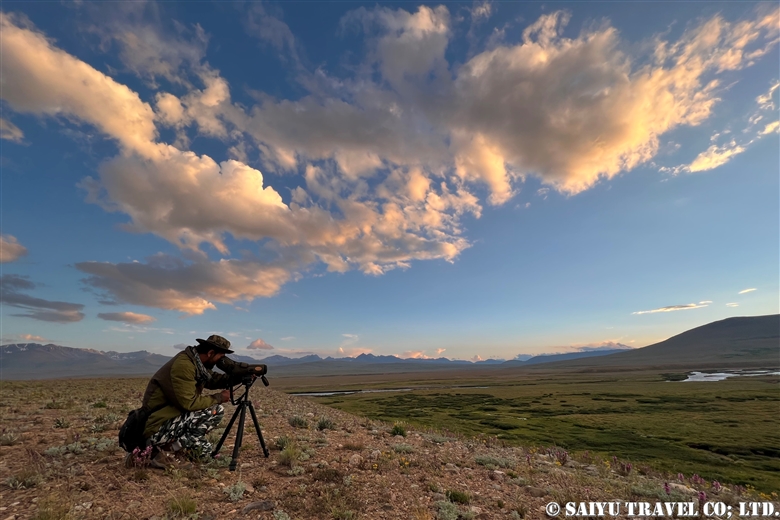


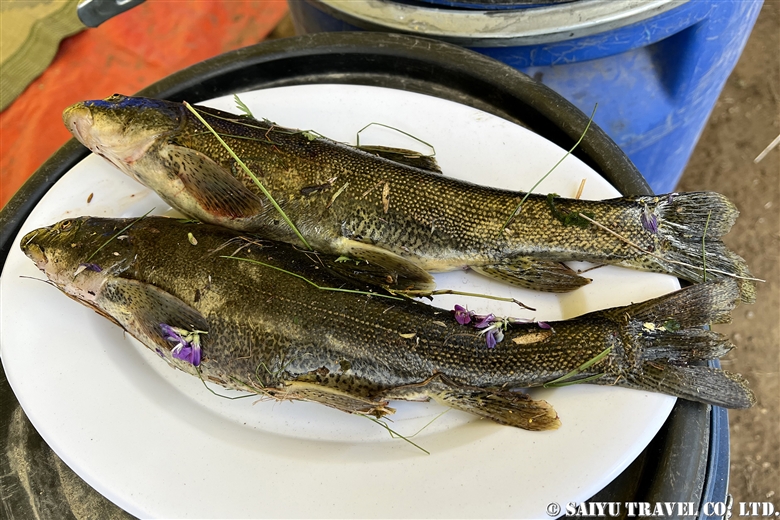
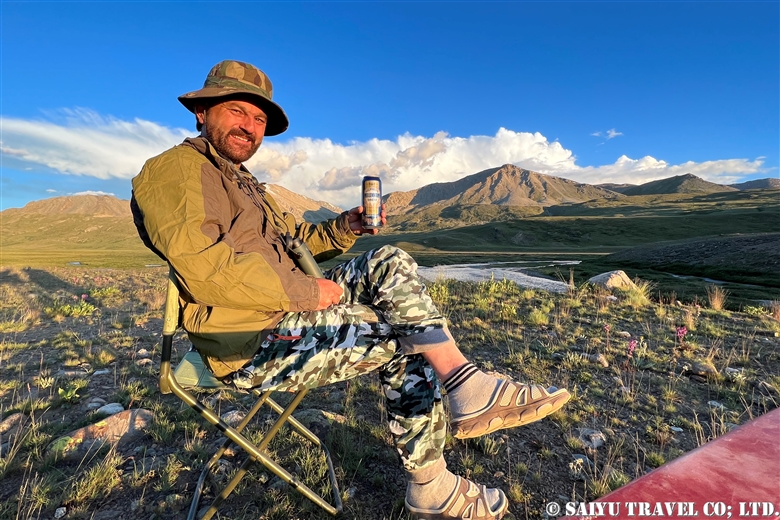
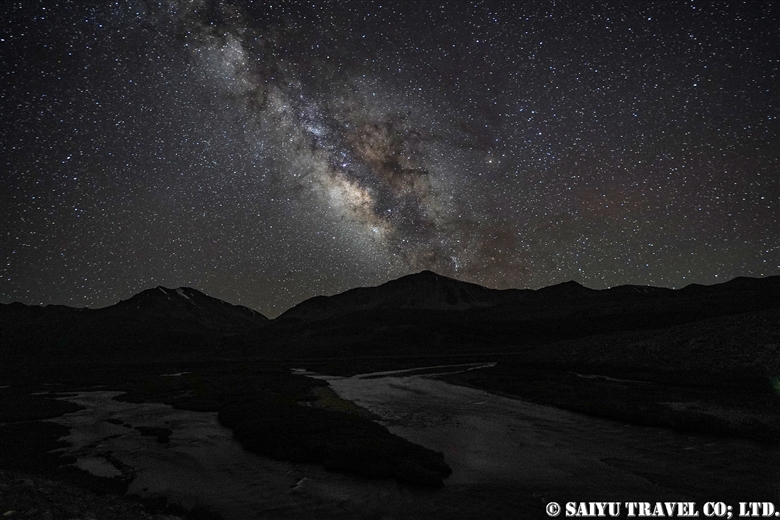















































Sarfranga-Cold-Desert-Drone-footage-Skardu-1.jpg)
Sarfranga-Cold-Desert-Drone-footage-Skardu-2.jpg)
Sarfranga-Cold-Desert-Drone-footage-Skardu-3.jpg)
